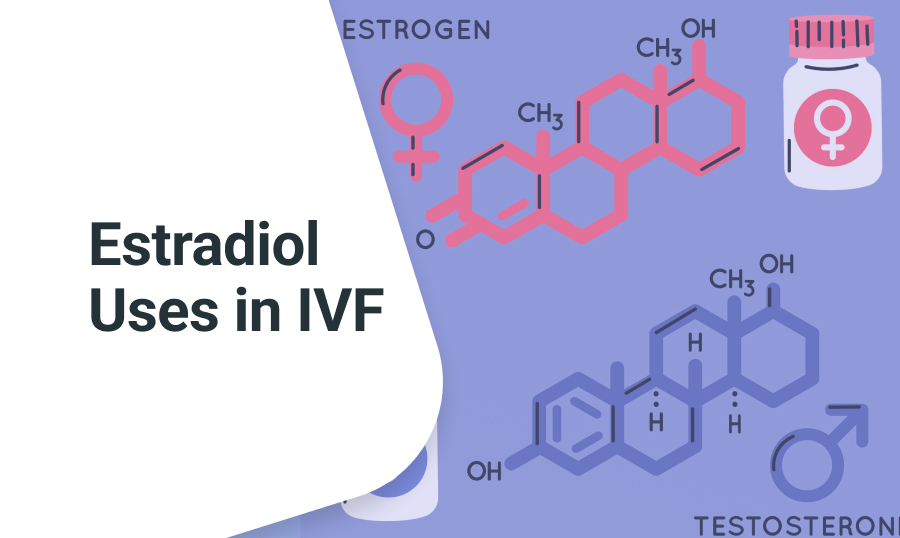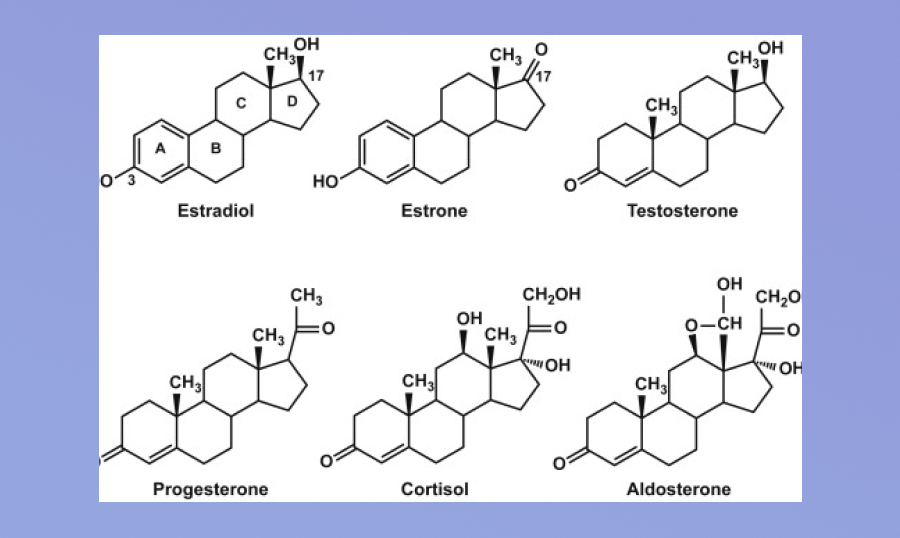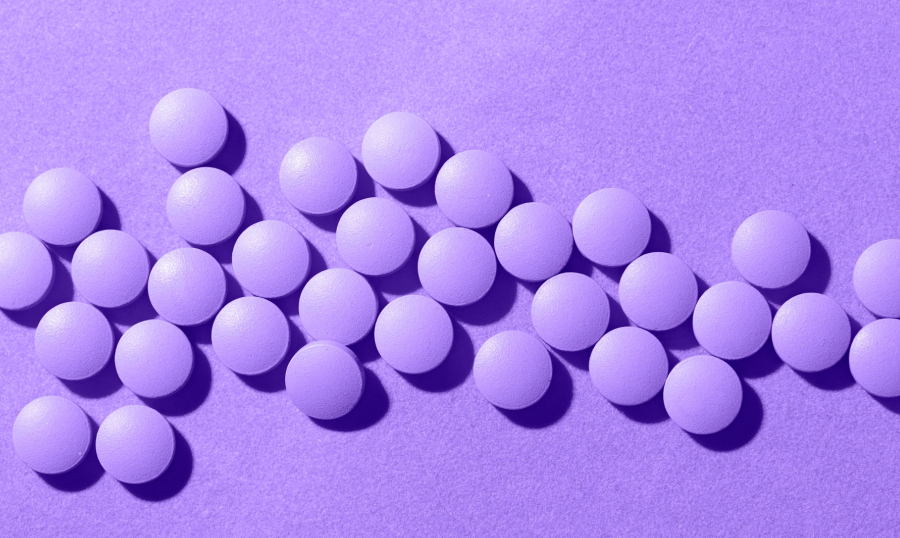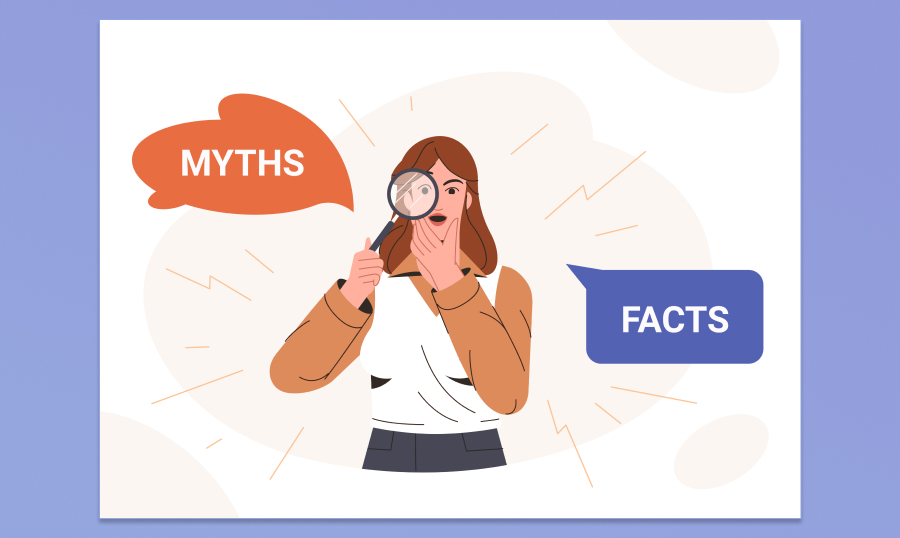Estradiol Gel Uses in IVF: Effectiveness, Dosage, and Side Effects
Going through in vitro fertilization (IVF) is an emotional roller coaster, that’s for sure. The uncertainty, the physical demands, and the mental toll can sometimes feel overwhelming. If you are going through this, being aware of the different medications used in a treatment plan is very important. Estradiol gel use in IVF is crucial for preparing the uterine lining for embryo implantation. Most women do not know how it works or how to use it properly. And that’s why we are here to change that.

By the end of this post, you’ll have a solid understanding of:
- the key role of estradiol (also known as E2, oestrogen, and oestradiol) in ovarian stimulation;
- how to apply it effectively;
- the benefits and potential side effects.
IVF is a complex process, but focusing on the right details can make a big difference. So let’s dive in and take a closer look at this medication and how it can increase your chances of getting pregnant.
Understanding Estradiol Gel Uses in IVF
Estradiol is a steroid hormone synthesized primarily in the ovaries (by the follicular theca cells and the corpus luteum), as well as in the adrenal glands, placenta, and adipose tissue. It’s the most potent form of estrogen that:
- regulates the formation/development of the female reproductive system and secondary sexual characteristics;
- influences the establishment of the menstrual cycle;
- together with progesterone, stimulates the growth of the uterine lining and prepares it for embryo implantation;
- stimulates the synthesis of plasma transport proteins.
Indications for oestradiol administration include:
- infertility;
- menstrual cycle disorders;
- recurrent pregnancy loss;
- anovulation;
- primary ovarian insufficiency;
- abnormal uterine bleeding;
- amenorrhea;
- perimenopause;
- osteoporosis;
- hormone-secreting ovarian tumors;
- endometrial hyperplasia;
- benign breast disease;
- evaluation of the effectiveness of estrogen replacement therapy in pre- and postmenopausal women;
- monitoring follicular development in ART cycles.
Hormone Replacement Therapy for Symptoms of Estrogen Deficiency in ART Programs

Estrogens have traditionally been used in ART (assisted reproductive technology, including in vitro fertilization), in particular:
- in donor oocyte programs;
- in patients with diminished ovarian reserve.
They’re also used in protocols that require endometrial preparation for embryo transfer and hormonal support in the post-transfer period, particularly:
- cryopreserved embryo programs;
- surrogacy programs;
- ovarian stimulation protocols for patients with endometrial hypoplasia.
Estradiol gel uses in IVF may help during the stimulation phase for patients who don’t respond well to the treatment cycle:
- make the ovaries more sensitive to further stimulation;
- obtain a greater number of growing follicles and retrieved oocytes;
- improve the quality of the oocytes;
- synchronize follicular growth;
- increase the percentage of mature oocytes that have fertilized;
- promote better embryo cleavage.
Estradiol Gel Side Effects
When you’re going through artificial insemination, you must make sure you’re taking all your medications as effectively as possible. Therefore, it is crucial to understand the potential side effects.
The good news is that oestradiol is well tolerated by most women. Nevertheless, some do experience mild side effects like:
- Breast tenderness. Some complain of increased breast sensitivity or soreness. Oestrogen can cause breasts to become swollen and tender to the touch.
- Headaches. Some women experience more frequent or intense headaches. This is undoubtedly due to the hormonal changes occurring in the female body.
- Nausea. You may also experience feelings of sickness or mild nausea. This is more common early on in your IVF treatment.
- Bloating/water retention. Temporary bloating or water retention may also occur, leaving you feeling a bit puffier than normal.
Other possible side effects are discussed in this video:
It is important to note that not everyone will experience these side effects. If you do experience them, they are usually mild and manageable. If you find the side effects are becoming bothersome, let your fertility doctor know right away. They can adjust your dosage or provide recommendations to help you find relief. Be proactive and communicate openly with your medical team.
Knowing what to expect will prepare you to handle any minor side effects. The benefits of estradiol gel uses in IVF far outweigh any temporary discomfort. Stick with it, and you’ll be one step closer to success.
How to Use Estradiol Gel Effectively
You can increase your chances of pregnancy by using oestrogen effectively, despite the ups and downs you may face along the way. Follow the instructions below to get the most out of this medication:
Estradiol Gel Dosage for IVF
The right dosage depends on your individual needs and the stage of your cycle. Younger women usually require higher doses compared to older women. Your fertility doctor will tell you exactly how much to use. The amount might start lower and then increase closer to your egg retrieval.
During this time, you will have regular blood tests to monitor your hormone levels. This ensures the medication is providing the correct dosage of estrogen.
How to Apply Estradiol Gel
The medication is available in pump dispensers (like Oestrogel) or sachets (like Sandrena).
- Apply once daily to clean, dry skin, typically the outer arms, inner thighs, abdomen, or buttocks.
- Do not use on or near the breasts or in the area of the vulva.
- Use the exact amount prescribed.
- Do not apply more or less.
- Spread it evenly and allow it to fully absorb before getting dressed.
- Do not shower or swim for at least an hour after application.
Throughout your fertility treatment, take the medication at the same time each day as directed by your doctor. This will help maintain consistent, optimal hormone levels, which will improve your chances of becoming pregnant.
Timing
Again, there is no one-size-fits-all advice here. After all, we’re talking about preparing YOUR eggs and helping YOUR uterus to be ready for implantation. So work closely with your fertility team to use it at the right times.
Gel vs. Patch vs. Pills

Fertility doctors often get questions from patients about the different options for estrogen therapy during in vitro fertilization. The good news is that transdermal (through the skin) choices offer significant advantages over older oral estrogen pills.
The main benefit of topical E2 options, whether gel or patch, is that the hormone is absorbed directly into the bloodstream. Transdermal administration avoids the effect of primary passage through the liver. This is different from oral estrogen pills, which have to go through the liver first. Oral pills stimulate the liver to produce more clotting factors, slightly increasing the risk of blood clots.
So because transdermal medications go directly into the bloodstream without this liver effect, it is the safer choice. Especially for women with a history of blood clots, strokes, or migraines.
Still, Which is Better—Gel or Patch?
Each works differently in specific ways:
- The gel provides more consistent and stable E2 levels.
- The patch is the more convenient application (“set it and forget it”) as it only needs to be changed a couple of times per week.
Other Medicines in IVF: What’s the Difference?
If you are dealing with hormones during in vitro fertilization, E2 is what you may be given. Let us check out how it stacks up against a few other popular treatments:
| Treatment | How It Works in IVF | Key Difference |
| IVF without estrogen | N/A | Attempting IVF without any estrogen supplementation may be difficult. Oestradiol helps prepare the uterus for implantation. Success rates would be much lower. |
| Divigel, Elestrin, and EstroGel | Topical delivery | These are brand names for estradiol gel. All provide direct absorption through the skin. |
| Clomid (Clomiphene Citrate) | Stimulates ovulation by blocking estrogen receptors | These medications work with E2 to ensure the cycle is on track and well managed. |
| FSH Injections (e.g. Gonal-F, Follistim) | Stimulate egg production | FSH injections stimulate the ovaries to produce many eggs, while oestradiol supports the uterine lining. They’re both important but at different stages. |
| GnRH Agonists/Antagonists | Prevent premature ovulation | These medications work with E2 to make sure the cycle is on track and well managed. |
| Progesterone Supplements | Support the uterine lining | Progesterone is used after the embryo transfer to maintain the uterine environment, while estradiol gel prepares the lining beforehand. |
| hCG | Trigger final egg maturation | Estradiol gel is more concentrated in the embryo transfer stage, whereas hCG functions during the egg retrieval phase. |
Oestrogen is a key part of in vitro fertilization, but it is only one piece of the puzzle when managing hormonal imbalances. Understanding how it all works together will make it easier to work with your fertility specialist. And it will increase your chances of a successful IVF journey.
Common Myths About Estradiol Gel Uses in IVF Debunked

- Myth 1: It is unsafe. The truth is, oestradiol is actually safe. It delivers hormone-related substances directly through the skin. This eliminates the risk of blood clots associated, for example, with oral administration.
- Myth 2: It causes awful side effects. The reality is that most women have little to no problems with this medication. Some may experience mild adverse reactions, such as breast pain, nausea, or bloating. These are usually easily managed by adjusting the dose.
- Myth 3: It is hard to use. Applying the med is simple. Just rub a small amount onto your skin. It only takes a few minutes and becomes part of your daily IVF routine.
- Myth 4: It doesn’t affect IVF. Oestrogen is essential for egg production. It prepares the uterus and stimulates the ovaries. This increases the chances of implantation and pregnancy.
This is sort of a summary of all the above, and we hope it clears up some common misconceptions about estradiol gel uses in IVF. In any case, always talk to your fertility doctor if you have any other questions.
Also read: Myths about Getting Pregnant
Estradiol Gel Uses in IVF: Answering Your Top Questions
What is estradiol used for in IVF?
This is the most important female hormone. The use of transdermal estrogen is an effective, safe, and proven tool for endometrial modeling. In combination with progesterone, these are effective medications in modern infertility treatment regimens and prevention of miscarriage.
How does it help to fertilize eggs?
It prepares the uterus for in vitro fertilization. It thickens the uterus lining so that a fertilized egg can successfully implant and grow.
Where should I apply estradiol gel?
Apply it to clean, dry skin on your thighs or arms.
When should I take estradiol for IVF?
The timing is precisely coordinated. You will typically start it a week or two after beginning ovarian stimulation medications. In addition, your doctor will adjust the dose based on blood tests to monitor your estrogen levels.
What is a good estradiol level for IVF?
The odds of clinical pregnancy are significantly reduced at extremely low (<300 pg/mL) and very high (>1,100 pg/mL) levels. So a good level is somewhere in between. Your fertility specialist will monitor your levels closely and make any necessary adjustments to ensure they are in the optimal range for embryo transfer.